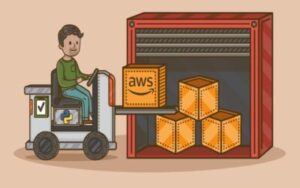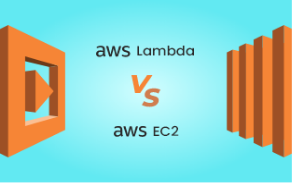Java and JavaScript have become two of the most popular programming languages today, each with its own significance and widespread adoption. This blog post aims to compare and contrast these languages, exploring their origins, syntax, typing systems, execution environments, use cases, libraries/frameworks, and performance characteristics to provide insights into their similarities and differences.
Background Information
Java, developed by Sun Microsystems in the mid-1990s, was designed to be a versatile and platform-independent language. On the other hand, JavaScript, created by Brendan Eich at Netscape during the same era, aimed to add interactivity to web pages. Despite their similar names, Java and JavaScript are distinct languages with different purposes and functionalities.
Syntax and Language Features
Java and JavaScript differ in terms of syntax and language features. Java follows a static typing approach with a more structured syntax, promoting strong type-checking during compilation. JavaScript, being dynamically typed, allows flexibility and provides a more concise and expressive syntax. Java’s object-oriented nature enables the use of classes and interfaces, while JavaScript’s prototype-based inheritance system offers a different approach to object-oriented programming.
Typing Systems
Java’s statically-typed nature ensures that variable types are checked at compile-time, reducing the possibility of type-related errors during runtime. This approach improves code reliability and enables early error detection. In contrast, JavaScript adopts dynamic typing, allowing variables to hold values of different types at runtime. While dynamic typing offers flexibility, it increases the risk of runtime errors. Consider a case study where a large-scale enterprise application benefited from Java’s static typing, reducing bugs and improving overall code quality.
Execution Environments
Java programs are executed on the Java Virtual Machine (JVM), which provides a platform-independent runtime environment. JavaScript, originally designed for web browsers, now finds applications in various execution environments, including Node.js for server-side development. A comparison of the execution models and environments of Java and JavaScript reveals the JVM’s advantage in delivering optimized performance across platforms, while JavaScript’s versatility within web browsers and server-side applications showcases its adaptability.
Use Cases and Applications
Java is widely used in enterprise development, thanks to its robustness, scalability, and support for multi-threading. It powers large-scale systems, financial applications, and Android app development. JavaScript, on the other hand, dominates web development, enabling dynamic and interactive features on websites. Its frameworks like React and Angular facilitate the creation of powerful user interfaces. Comparing the domains where Java and JavaScript are commonly used illustrates their respective strengths and application areas.
Libraries, Frameworks, and Ecosystems
Java boasts a rich ecosystem with popular libraries and frameworks like Spring and Hibernate. These tools simplify enterprise application development, provide features like dependency injection, and enhance database integration. In the JavaScript world, libraries and frameworks such as React and Angular have gained significant traction, offering efficient front-end development solutions. The availability of comprehensive resources and robust community support for both Java and JavaScript ensures developers have ample options to build and maintain applications.
Performance and Scalability
Java’s performance characteristics, stemming from its compilation to bytecode and efficient just-in-time (JIT) compilation, contribute to its speed and scalability. This makes it a preferred choice for computationally intensive and high-throughput applications. JavaScript’s performance has improved with advancements in JIT compilation, enabling it to handle complex web applications efficiently. Consider a case study where performance and scalability benchmarks demonstrate the strengths of Java and JavaScript in different scenarios.
Conclusion
In conclusion, Java and JavaScript are two distinct yet influential programming languages that have made their mark in the world of software development. While Java excels in enterprise and server-side domains, JavaScript dominates the web development landscape. Both languages have their own significance and widespread adoption, contributing to the diverse and evolving landscape of modern software development. Understanding their similarities and differences can help developers choose the right language for specific use cases, ensuring optimal solutions and driving innovation in the software industry.







